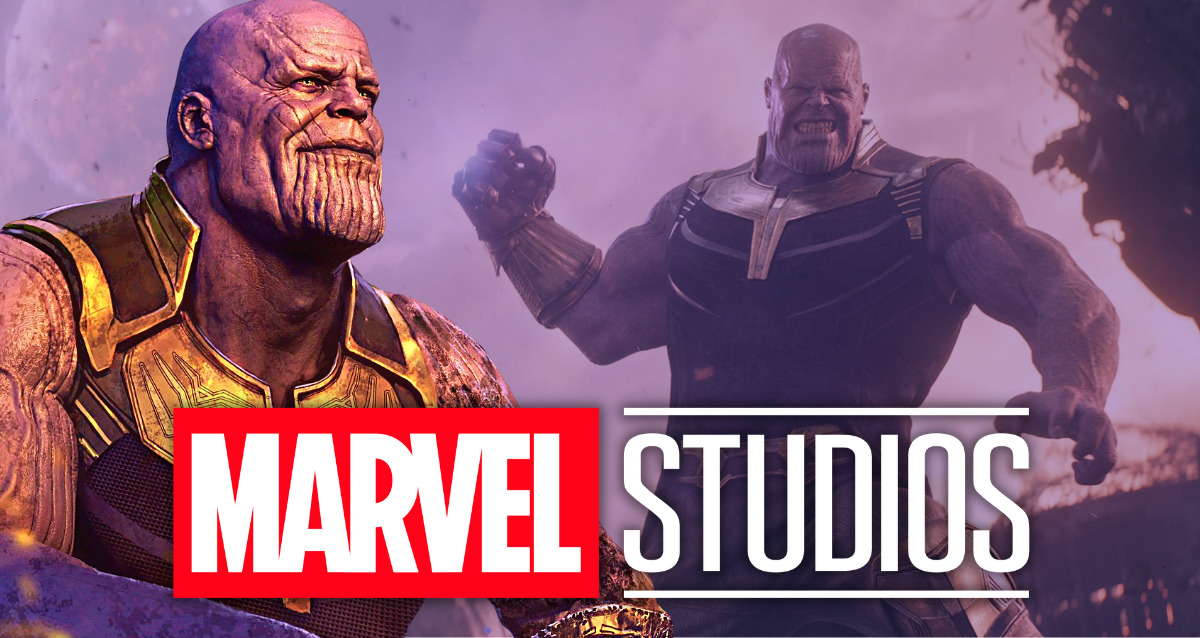Even though Thanos had a perfect MCU setup in Avengers: Infinity War and Avengers: Endgame, he had a much weaker motivation than his comic book counterpart. People who are opposed to Thanos’ “pseudo-humanitarian” goals have pointed out that his motivations for Infinity War make no sense. Even with a cursory examination, killing half of the universe’s population will do little to help its other half. Thanos’ heinous deeds, on the other hand, are explained in comic book stories by his irrational desire to possess Death.
Death is a fictional character in Marvel comics. It’s possible for the cosmic entity Lady Death to interact with the real world and even converse with humans, though there is no physical representation of her. His murderous actions are a desperate bid to win Lady Death over, as depicted in the comic books. She continues to deprive him of attention and affection, driving him to carry out ever more heinous acts.
Sister, Sister

With Hela, the Death Goddess introduced in Thor: Ragnarok, the MCU had the perfect setup for this. Thanos’ arrival immediately precedes her appearance in the film, which is in chronological order. Introducing her right before revealing how Thanos’ plans could have revolved around her would have been the perfect setup. A romantic interest for Thanos would help to humanize him while avoiding the awkward attempt to give a sympathetic backstory to his goal of killing half the universe. Infinity War’s protagonist, Thanos, is already a major player. Having a twisted and evil love interest would not be out of place here.
Even though her movie persona differs from her comic book persona, Hela’s comic book persona already differs from her movie persona. His MCU persona is heavily influenced by Angela, Thor and Loki’s sister and the former holder of Mjolnir, Thor’s hammer, which first appeared in the comics. Instead, Hela appears to be the niece of Thor and the daughter of Loki in Marvel comics.
There isn’t much of a leap to allow Lady Death’s Goddess of Death to adopt some of the character traits of her MCU counterpart. Furthermore, despite the fact that Hela appeared to have died at the end of Thor: Ragnarok, fan theories abound as to how she could have survived Surtur’s attack on Asgard. The MCU’s Infinity Saga storyline had good reason to believe this was the direction it would go.
Villains Will Always Be Villains

“To challenge them, is to court death.”
Rather befitting of one who desires to court Death, Thanos’ reaction to this was a devious grin. Thor’s story would have been even more compelling if Hela had resurfaced since he had witnessed so many people being killed in her name.
The media of the last few years have a tendency to make the main villain relatable, or at least give them a reason to care. If the character’s motivation is clearly nonsensical, this strategy can backfire and make a story even more ridiculous. Avengers: Infinity War’s murderous Thanos may have been a stronger protagonist as an exemplar of pure evil, more like the Thanos that would seem in the final battle of Avengers: Endgame. In some cases, it’s ideal to just let the bad guys be bad guys.









